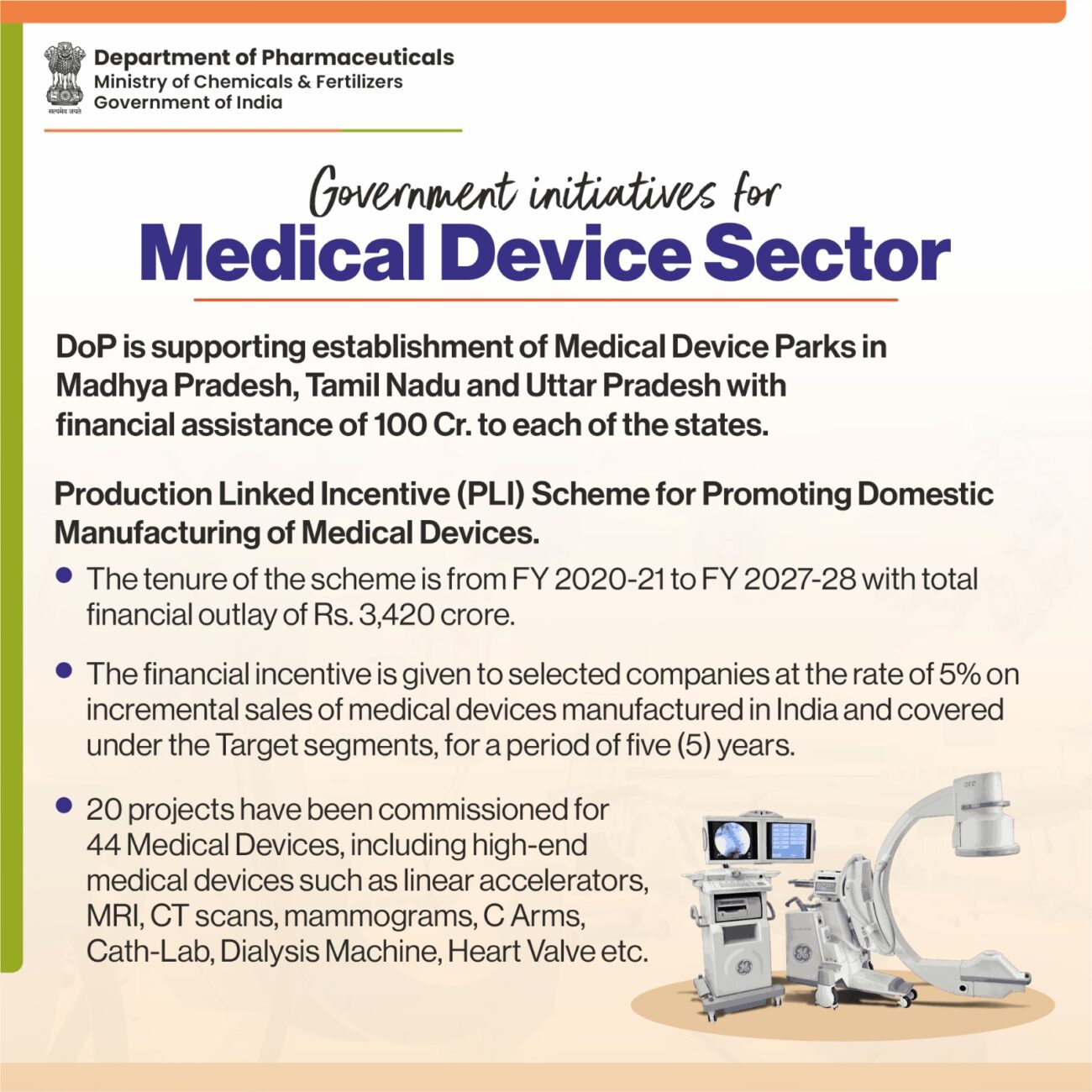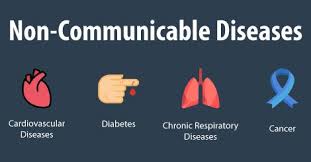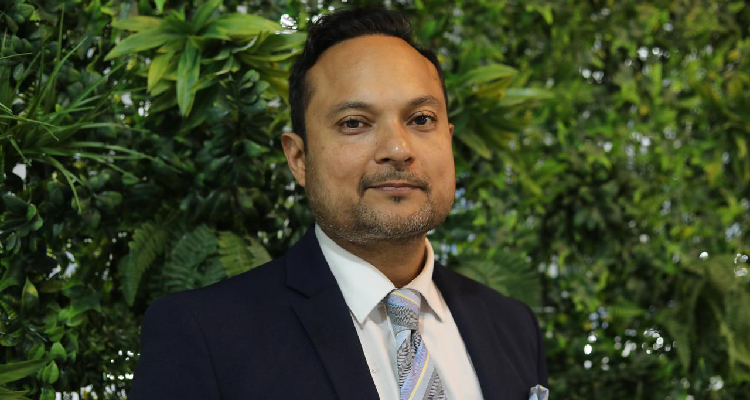MARKET OVERVIEW: VENTILATORS
“Ventilator” has become a generic term for all types of respiratory care devices that mechanically assist breathing. Mechanical ventilators have been around in one form or another for nearly a hundred years employed principally to

“Ventilator” has become a generic term for all types of respiratory care devices that mechanically assist breathing. Mechanical ventilators have been around in one form or another for nearly a hundred years employed principally to support those in acute breathing distress. For the past 50 years they have become essential apparatus for Intensive Care Units, for Emergency care and in Surgery (when the administered anaesthetic is likely to induce a comatose state where the patient stops breathing on his own).
During this period respiratory care devices have branched out into invasive (e.g. those requiring a tracheotomy) and non-invasive (e.g. simply requiring a face mask) types of ventilators and these have further evolved a great deal, so that we now have:
- Assisted/Controlled, Volume Cycled Ventilation.
- Assisted/Controlled, Pressure Controlled Ventilation (time cycled).
- Synchronized Intermittent Mandatory Ventilation (such as for infants).
- Pressure Support Ventilation.
It is important that these distinctions are kept in mind because each segment will follow differing growth trends. The market for SIMVs for instance may be expected to grow at a higher rate than others.
Pre-Covid Market for Ventilators
GLOBAL MARKET: In 2019 the market for ventilators of all types was of the order of US$ 1.1 billion. This included those for Emergency Care (such as in ambulances.
By then, third generation ventilators had already been in operation at ICUs for almost 40 years. Drager (Germany) was the path-breaker with their EV-A in 1982, which allowed monitoring the patient’s breathing curves on an LCD monitor. This was soon followed by the Puritan Bennett 7200, Bear 1000, SERVO 300 and Hamilton Veolar. These allowed customized gas delivery with monitoring, so that gas delivery matched patient needs automatically unlike previous generations of mechanical ventilators that required constant technician intervention.
| Leading ICU Class Ventilator Manufacturers | Global Market Share |
| Getting; Sweden | 22% |
| Hamilton Medical; Canada, Switzerland | 22% |
| Drager; Germany | 16% |
| Mindray; China | 10% |
| Medtronic; Ireland, U.S.A | 5% |
| Lowenstein Medical; Germany | 3% |
| Vyaire Medical; U.S.A | 3% |
| GE Healthcare; U.S.A | 3% |
| Phillips Respironics; Netherlands | 3% |
These nine accounted for over 85% of the total market for ICU Class Ventilators.
| Leading Mobile Ventilator Manufacturers | Global Market Share |
| Drager; Germany | 24% |
| Weinman; Germany | 21% |
| Hamilton Medical; Canada, Switzerland | 18% |
| Vyaire Medical; U.S.A | 5% |
These four accounted for over two-thirds of the total market for Mobile Ventilators. However, there were more than 25 others with significant presence in different pockets. Leading these were the companies from France, Japan and Ireland.
INDIAN MARKET: It is commonly estimated that in 2019 there were about 48,000 ventilators of all types in operation in India – corresponding to approximately 95,000 ICU beds. There were hardly any mobile ones such as in ambulances. Supply was about 3360 ventilators a year from 8 manufacturers. The All-India picture was:
| Public ICU Beds per Lakh of Population: | 2.59 |
| Private ICU Beds per Lakh of Population: | 4.29 |
| Total ICU Beds per Lakh of Population: | 6.88 |
| Public Ventilators installed per Lakh of Population: | 1.29 |
| Private Ventilators installed per Lakh of Population: | 2.15 |
| Total Ventilators installed per Lakh of Population: | 3.44 |
Effect of Covid
The COVID 19 Pandemic saw a huge spurt in global demand for ventilators. This was mainly a knee-jerk reaction as the number of cases began peaking. Many of these ventilators would not even be operational as the pandemic subsided. An issue that was linked to such panic procurement was trained technicians; not just for operating but for commissioning as well. This saw parallels in India as well.
During 20-21, India saw:
- Procurement of an additional 39,445 ventilator units for a cost of Rs.3,300 crores. The average procurement cost (indigenous plus imported) was therefore Rs.8.37 lakhs per unit.
- Expenditure of Rs.2,000 crores by “PM Cares” in procurement – 70% of which was spent on indigenous procurement, but accounted for just 60% in numbers. (As reported in the November 19 2021 issue of Medical Buyer.). Indicating that the indigenous ones cost more than imported units.
- Meanwhile 12,113 imported units were procured for Rs 830 crores, averaging Rs.6.85 lakhs per unit.
Globally the market for ventilators hit an astronomical US$4.8 billion.
Initiatives Worthy of Mention
VITAL
NASA’s Jet Propulsion Laboratory (JLP) in Southern California developed a ventilator in record time and received emergency use authorisation from the Food and Drug Administration (FDA) on 30 April 2020. Design features were released as Open-Source Technology known as Ventilator Intervention Technology Accessible Locally (VITAL).
VITAL uses one-seventh as many parts as a traditional ventilator, relying on components already available in supply chains. This high-pressure ventilator is a simple and affordable option for treating critical Covid-19 patients freeing up higher end ventilators for the extreme cases. It is capable of use in field hospitals.
Many Indian companies registered as would-be manufacturers and three were selected and licenced to manufacture them per NASA’s VITAL. These are Alpha Design Technologies Pvt Ltd, Bharat Forge Ltd and Medha Servo Drives Pvt Ltd. VITAL also supports its partners with authorised suppliers based on their Quality Product List (QPL) and commonality exists between electronic assemblies used in ventilators of VITAL design versus electronic assemblies of defence electronic equipment.
Noteworthy Indian Initiatives
Many Indian organisations jumped into the design and manufacture of ventilators. Some like the Indian Railways went it alone while others like Mahindra & Mahindra entered into partnerships with designer SKANRAY (Hyundai Motors and Maruti also entered the fray with partners). The M&M-SKANRAY initiative is noteworthy because their product is a very high-end one – suits invasive ventilation, for adults as well as infants; works in ACMV mode; switching automatically to assist mode. This ventilator also has pressure support capability to wean patients out of ventilator support in a progressive manner. Its simplicity results in its employment with minimal training.
The IIT Kanpur- Nocca Robotics venture is noteworthy because they have produced high-end ventilators that cost comparatively very little – as low as Rs.3.5 lakhs a unit. By greatly improving affordability this creates scope for widespread installation.
The Zulqarnain effort deserves mention because his model although basic costs just Rs.10,000. As such it could provide relief as a home-care device for thousands of sufferers of chronic respiratory disease. He was a first-year student of the Industrial Design Centre at IIT Bombay, who teamed up with friends from Islamic University for Science and Technology (IUST), and NIT Srinagar.
Sales however declined sharply in FY21-22 and many of the new manufacturing entrants in India appear to have wound up. Medikabazaar is an end-to-end hospital supplies and equipment platform, and the surge in Covid infection saw their revenue growing to Rs 558.95 crore in FY21 from Rs 168.55 crore in FY20 almost entirely through Covid-19 related products. They sold about 1,000 ventilators in this period but received no orders for ventilators for two quarters of FY22, while demand for oxygen concentrators was negligible.
On the other hand, it was evident that India has the all the ingredients to mass produce respiratory care devices of every type and capability.
Estimated Market for Ventilators by 2030
Factors at play:
- The WHO estimates that already 90% of the world’s people live in an adverse air quality environment. It estimates that 4.2 million people succumb to respiratory disease every year. Further, the air quality indices are steadily becoming worse. This is bound to raise levels of respiratory ailments, both chronic and acute.
- Rapid advancement in technology for respiratory care devices is taking place. This includes miniaturization and portability; sensor development and remote operation capability.
- Holistic understanding of the process of ventilation is also progressing. For instance it is now clearly understood that excessive oxygen levels can lead to blindness in infants.
- With rising life expectancy, populations are aging – creating more geriatrics. Meanwhile we are beginning to address pre-term births better. Both will spur the demand for more respiratory care devices.
- Demand for ventilators in ambulances and for medical emergencies clearly indicates a growing trend especially in developed countries. It should be expected to follow in the developing world as well.
- At the Global level previous generations of installed ventilators will approach obsolescence. Preference will shift (and is shifting) to combined mode ventilators and pressure controlled ventilation. The focus will be on providing respiratory care for all breathing at the lowest pressure, with optimum oxygenation and consistent tidal volumes.
GLOBAL MARKET: Conservatively, the market for ventilators of all types is expected to grow steadily from US$ 1.1 billion levels in 2019 to a US$ 1.6 billion market by 2030. This projection anticipates that prices will come down. In value terms this is a CAGR OF ~ 4.7%.
North America is expected to be the fastest growing segment.
The INDIAN MARKET:
- Funding remains a problem – especially in the case of start-ups. But the silver lining is the sort of assistance that many corporates took up as part of their CSR (Corporate Social Responsibility)
- Adequacy of technicians (commissioning, operating, repairing and maintaining) and doctors and nursing staff trained in operating such devices is another hurdle.
Given: The USA has about 48 ventilators per 100,000 people and This is about 15 times more than the ratio in India. By alleviating the hurdles mentioned, the Indian market for ventilators may be expected to exceed a CAGR of 6%.






